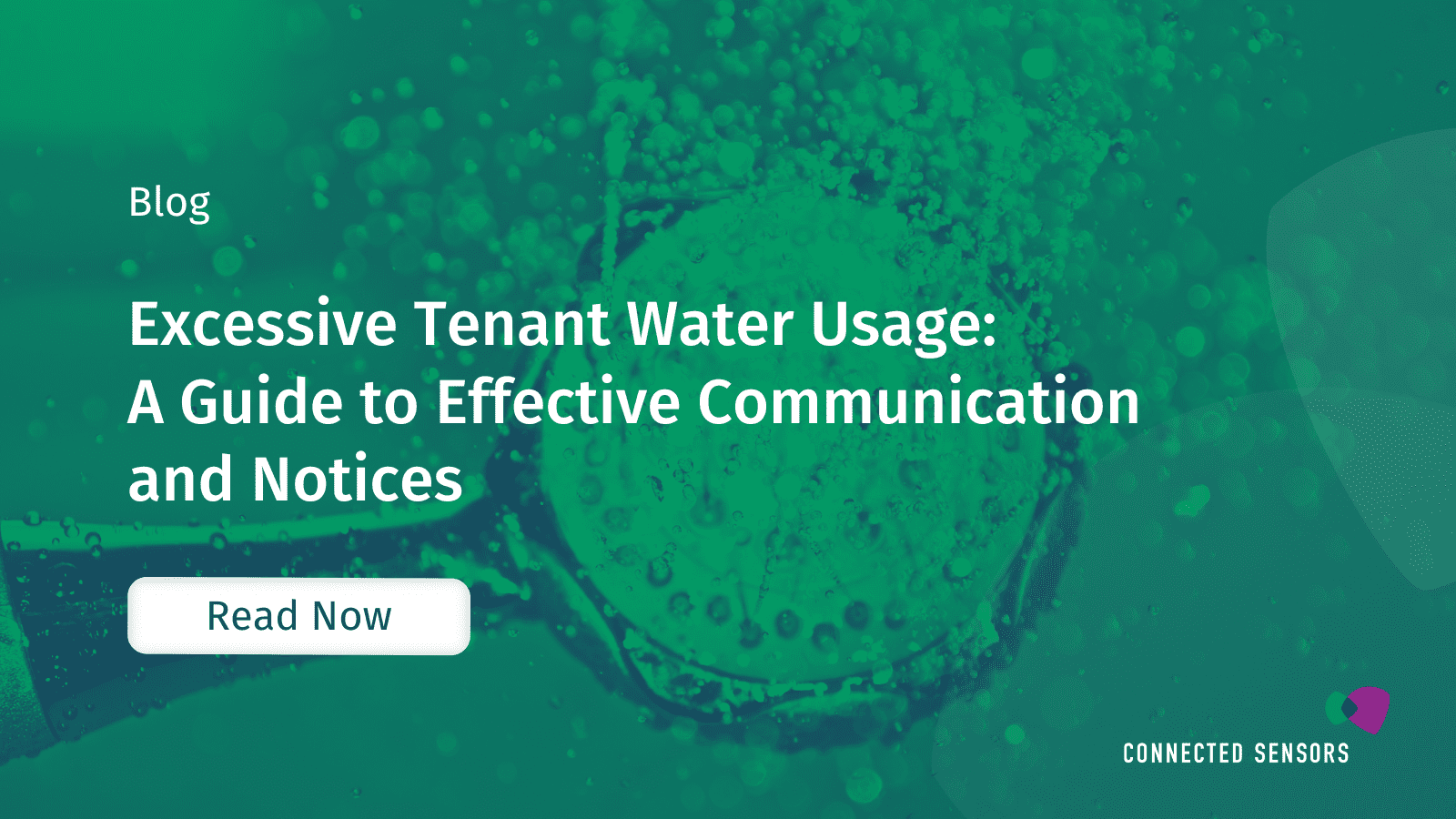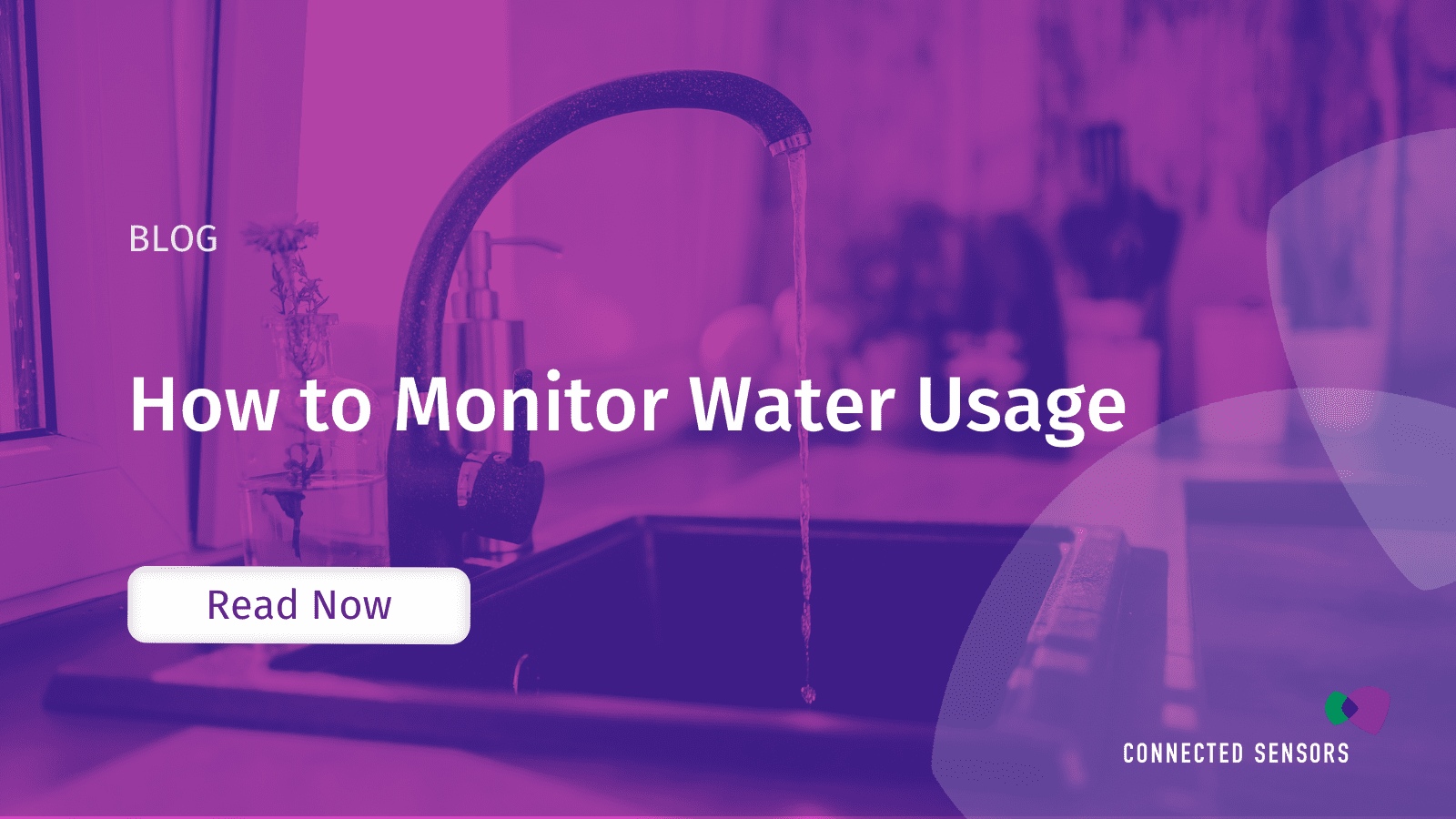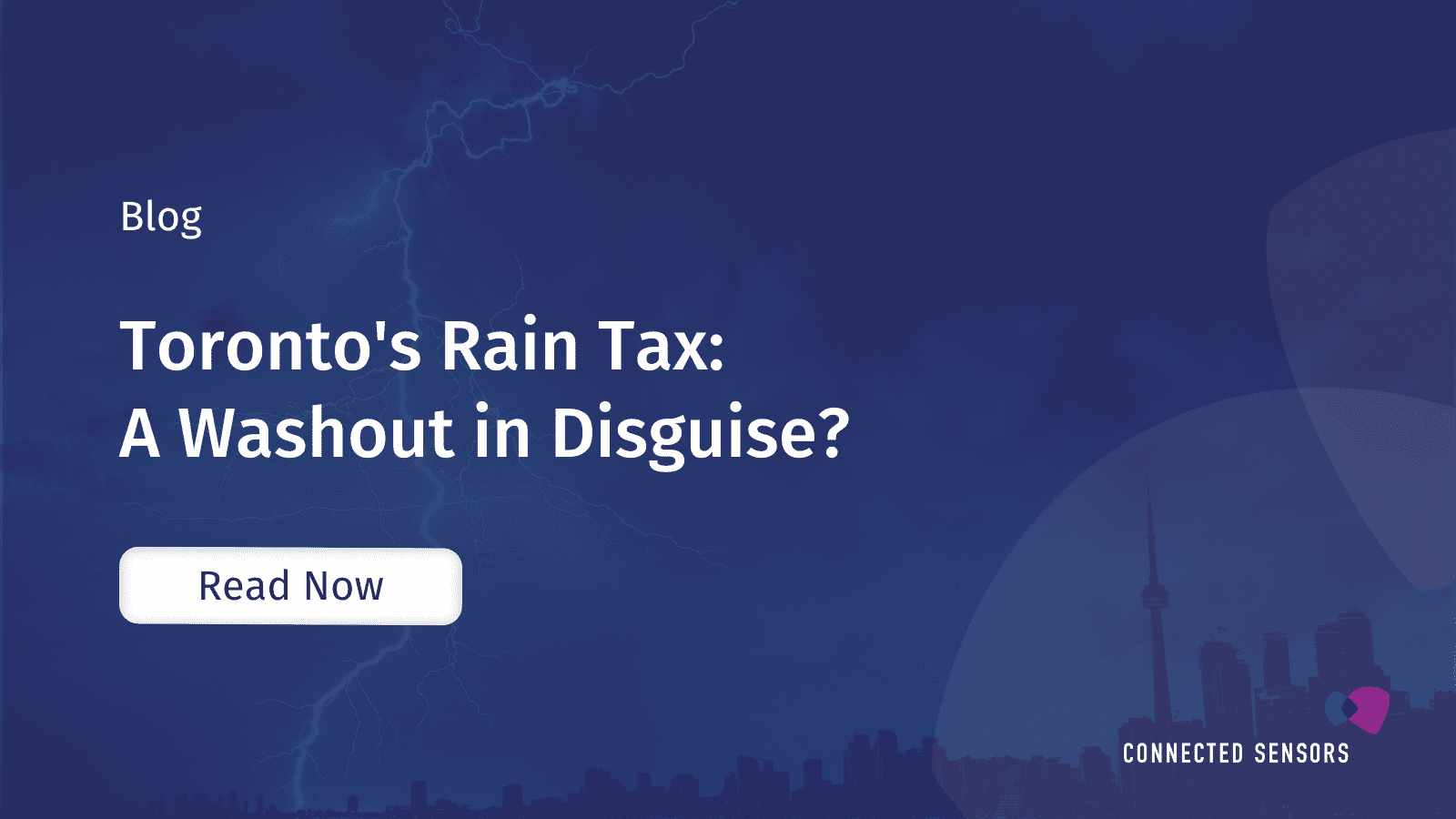





Water bills are an everyday utility expense for both landlords and residents. They provide essential information about water consumption and costs but often don’t tell the whole story. Understanding what your water bills aren’t telling you can help landlords and residents make informed decisions about water usage, conservation, and potential issues. This blog will explore what your water bills might not reveal and offer practical tips for managing water consumption effectively.
Your water bill provides a total consumption figure but often doesn’t show where water is used within your property. This lack of granularity can mask hidden water wastage and inefficiencies. Common culprits include:
Pro Tip: Regularly inspecting your property for leaks and incorporating smart water sensors into your water management strategy enables you to monitor water usage patterns and detect leaks or anomalies promptly. Additionally, consider upgrading to low-flow toilets, which use significantly less water without compromising performance. To further optimize water usage, implement watering schedules and invest in smart irrigation systems, preventing overwatering and ensuring efficient irrigation practices throughout your property.
Water bills often don’t account for seasonal variations in water usage. During the summer, residents use more water for activities like gardening, filling swimming pools, or running air conditioning units, which can lead to higher bills.
Pro Tip: Landlords should educate their residents about these seasonal fluctuations and consider flexible rent agreements that reflect these variations. This proactive approach can help alleviate financial stress for both parties and promote a better understanding of the costs associated with seasonal water consumption.
Water bills usually provide a single consumption figure for the entire property in multi-unit properties. This lack of granularity can lead to disputes among residents or make it difficult for landlords to identify water-wasting tenants.
Pro Tip: To address this issue, landlords can explore sub-metering solutions or allocate water costs based on occupancy or square footage. By implementing a fair allocation method, you can encourage responsible water usage and ensure that residents are accountable for their consumption.
While water bills focus primarily on quantity, they do not provide information about water quality. Poor water quality can affect residents’ health and damage plumbing systems.
Pro Tip: To address this concern, consider investing in water filtration systems to ensure safe and clean water for your property. Additionally, periodic water quality testing can help identify any issues requiring attention. By addressing water quality concerns, you can ensure the well-being of your residents and the longevity of your plumbing infrastructure.
Water bills provide historical consumption data but not insights into future cost projections. Understanding the potential for rising water rates is essential for effective budgeting.
Pro Tip: Consider utilizing smart water systems that provide real-time data and offer predictive analytics. These advanced systems can help you make more accurate projections by analyzing consumption patterns and local rate trends, ensuring that your budget remains well-prepared for future water cost changes.
Water bills may not explicitly communicate the environmental impact of water consumption. Excessive water usage contributes to water scarcity and ecological degradation.
Pro Tip: Encourage residents to adopt water conservation practices, such as fixing leaks promptly, using water-efficient appliances, and reducing shower times. Doing so can reduce your property’s ecological footprint and promote responsible water usage among residents.
Water bills do not disclose the impact of water usage on your energy bills. Heating water, especially for activities like showering and dishwashing, can constitute a significant portion of your overall energy expenses. The more hot water you use, the more energy your water heater needs to generate, resulting in higher utility bills.
Pro Tip: Consider setting your water heater to a lower temperature, insulating hot water pipes to reduce heat loss, and, as mentioned above, investing in energy-efficient appliances.
Water bills often don’t highlight available conservation rebates and incentives provided by local water authorities. These programs can offer financial incentives for various water-saving initiatives, such as installing low-flow fixtures, rainwater harvesting systems, or landscaping with drought-resistant plants.
Pro Tip: Stay informed about these programs and encourage your residents to use them. Not only can residents save money through rebates and incentives, but they can also contribute to water conservation efforts in your community.
Understanding what your water bills aren’t telling you is essential for landlords and residents. You can make informed decisions that benefit your budget and the environment by addressing hidden water wastage, seasonal fluctuations, shared utilities, water quality, future cost projections, environmental impact, and available conservation incentives. Promoting responsible water usage and staying proactive about water-related issues is critical to effectively managing water expenses and fostering a sustainable living environment.
© 2023 All rights reserved